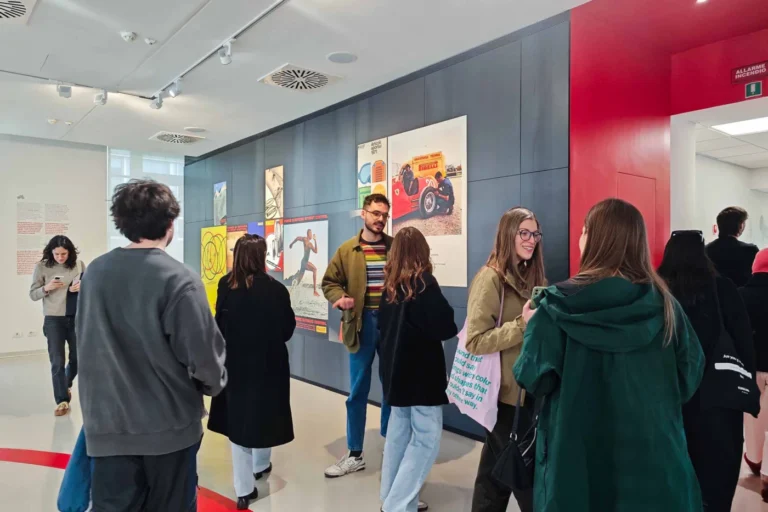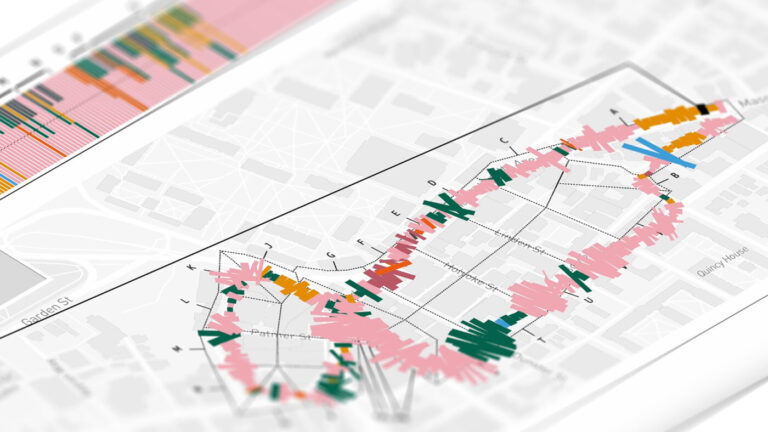The number of people with disabilities in Italy is not known precisely. The lack of data is a problem because it is difficult to think about and fund policies for support and assistance. Guidelines are based on rough estimates from surveys. For example, inps, which handles the payment of welfare benefits in Italy, has digitized only the certifications of people with disabilities made after 2010. Because of the incompleteness of these data, Italy’s statistical agency, Istat, has had to resort to sampling surveys.
People in Italy with severe limitations, which prevent them from performing usual activities, are about 5 per cent of the population. The figure comes from an Istat survey called “Aspects of Everyday Life.” A sample of 20,000 households or 50,000 people were asked to answer several questions, including the following: “Due to health problems, do you have limitations that have lasted for at least six months in activities that you usually perform?”. There were three response options: severe limitations, non-serious limitations, and no limits.
The occasionality of these surveys (the last one was in 2019) and the lack of up-to-date data are obstacles to prioritizing and impacting disability policies. According to the article “Italy does not know how many people with disabilities there are” in Il Post, one of the main limitations of the data stems from the definition of disability. The United Nations Convention explains that people with disabilities are not the exclusive presence of a physical or mental deficit but concerning the social context with which they come into a relationship. Disability occurs whenever people’s health conditions are related to the obstacles and barriers of the environment in which they live.
More reliable estimates would require more specific sampling and not using self-reported data based on people’s responses to surveys. More accurate data would provide a better understanding of the living conditions of people with disabilities and identify the barriers that lead to these same disadvantages. This need is the focus of a campaign spearheaded by the FightTheStroke foundation, which supports the cause of young stroke survivors and those with infant cerebral palsy. The foundation launched the DisabledData project, which aims to collect and make available data on disability from various sources. The onData association, which advocates for open public data, contributed to the project, while Sheldon.studio designed the digital platform with an inclusive and accessible approach.






